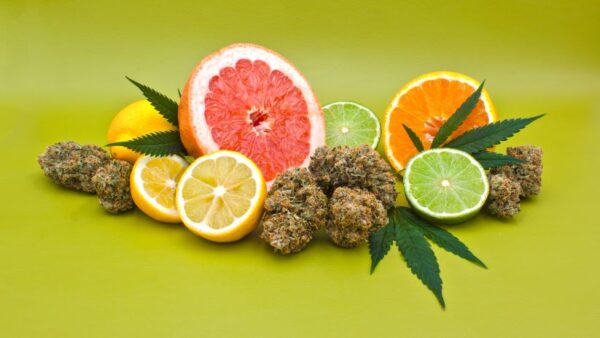The Intersection of Cannabis and Fitness
Cannabis has gained attention in the fitness world as individuals explore its potential benefits for workouts, recovery, and overall physical performance. Understanding the effects of cannabis on exercise is essential for those considering its use as part of their fitness regimen.
Cannabis Compounds: THC and CBD
The Role of Cannabinoids:
- THC (Tetrahydrocannabinol): Known for its psychoactive properties, THC can alter perception and induce a sense of euphoria. It may impact motivation and pain perception during exercise.
- CBD (Cannabidiol): Non-psychoactive and known for its potential anti-inflammatory and analgesic properties, CBD is often used for recovery and pain management.
Cannabis and Pre-Workout Use
Potential Effects Before Exercise:
- Focus and Relaxation: Some individuals report that consuming cannabis before a workout can enhance focus and reduce anxiety, potentially improving the overall exercise experience.
- Pain Relief: For those dealing with chronic pain or muscle soreness, cannabis may provide relief, making exercise more accessible and enjoyable.
Cannabis and Exercise Performance
Enhancing or Hindering Athletic Abilities:
- Strength and Endurance: The impact of cannabis on strength and endurance varies among individuals. Some may experience increased motivation and reduced perception of effort, while others may feel impaired.
- Coordination and Reaction Time: Cannabis can impair coordination and reaction time, which can be dangerous during activities that require precision or quick reflexes.
- Dose-Dependent Effects: The effects of cannabis on exercise can be dose-dependent. Small doses may offer benefits, while larger doses could hinder performance.
Post-Workout Recovery with Cannabis
CBD’s Potential Benefits:
- Reduced Inflammation: CBD’s anti-inflammatory properties may aid in post-exercise recovery, potentially reducing muscle soreness.
- Pain Management: CBD can help manage pain, making it easier for individuals to recover from intense workouts.
- Improved Sleep: Some users report improved sleep quality with CBD, which is essential for recovery and muscle growth.
Risks and Considerations
Weighing the Pros and Cons:
- Legal Concerns: Cannabis laws vary by location, and using it for fitness purposes may not be legal everywhere.
- Individual Response: The effects of cannabis can vary significantly among individuals. It’s crucial to understand how it affects your body before incorporating it into your fitness routine.
- Short-Term vs. Long-Term Use: The impact of occasional cannabis use for fitness may differ from that of long-term or heavy use.
Conclusion: Cannabis and Fitness
Cannabis and fitness can coexist, but the effects of cannabis on exercise are highly individual. It’s essential to consider your goals, exercise type, and local laws when contemplating cannabis use in your fitness regimen. If you choose to incorporate cannabis, start with small doses, monitor your response, and prioritize safety, legality, and responsible use to ensure a positive and productive fitness experience.






